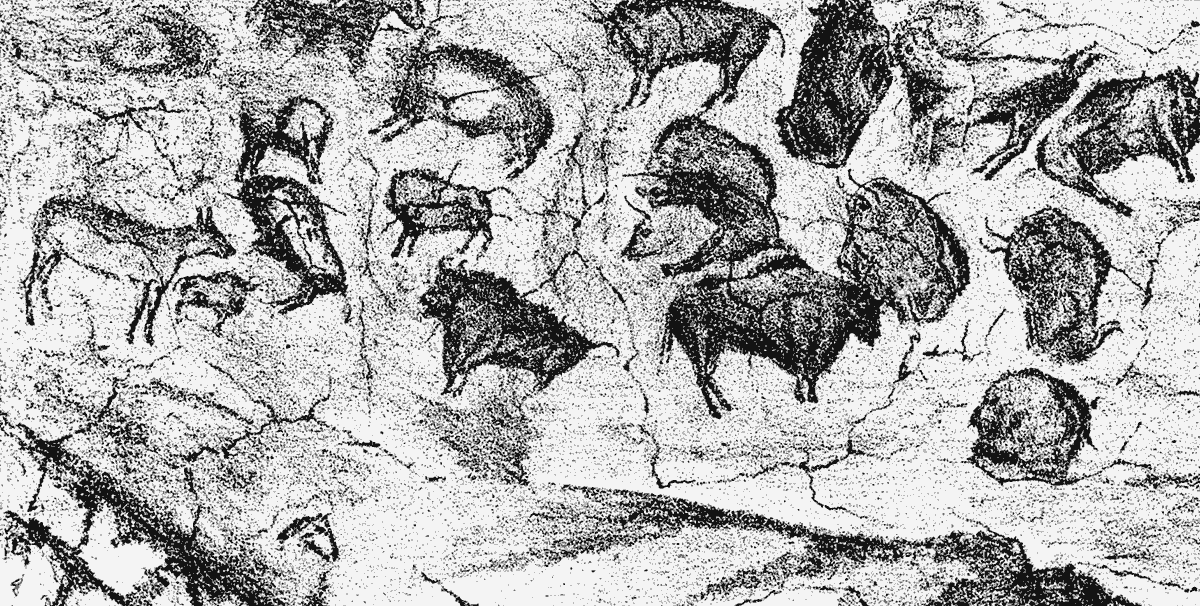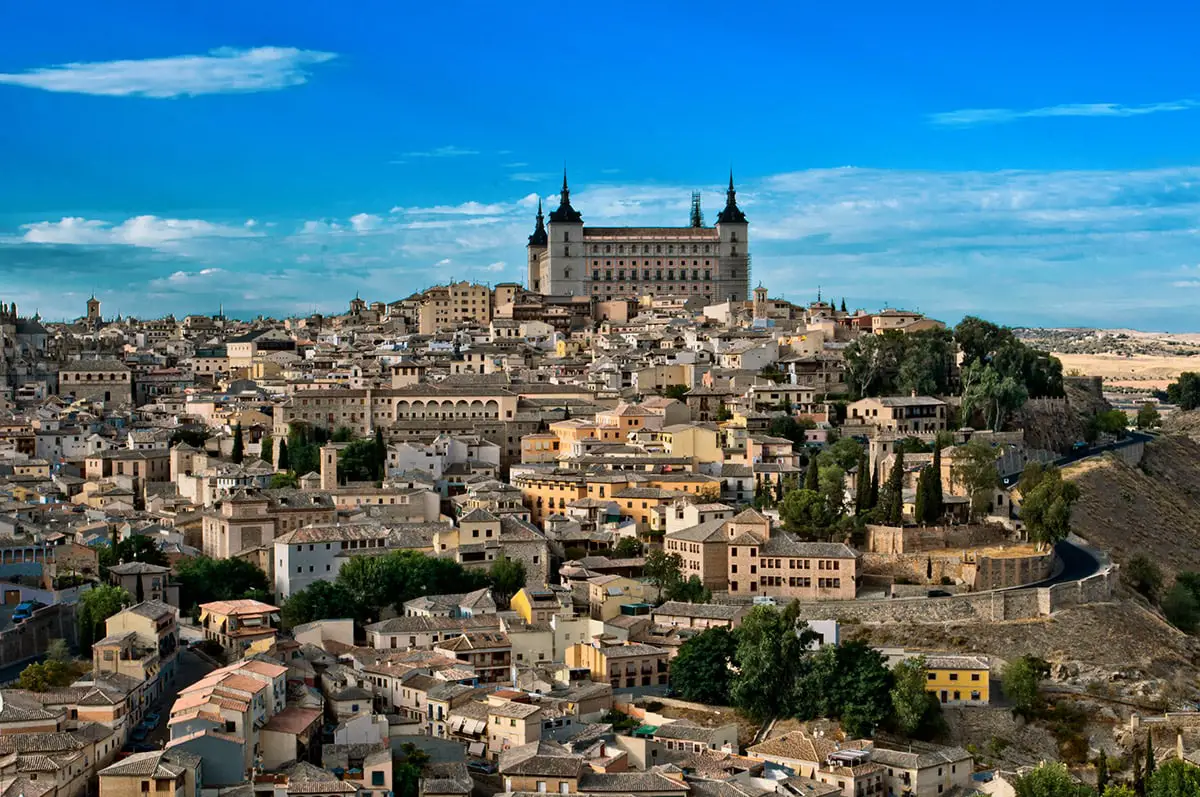Wondermondo 🢖 World 🢖 Wonders of Europe 🢖 Wonders of Spain
Territory
Wonders of Spain
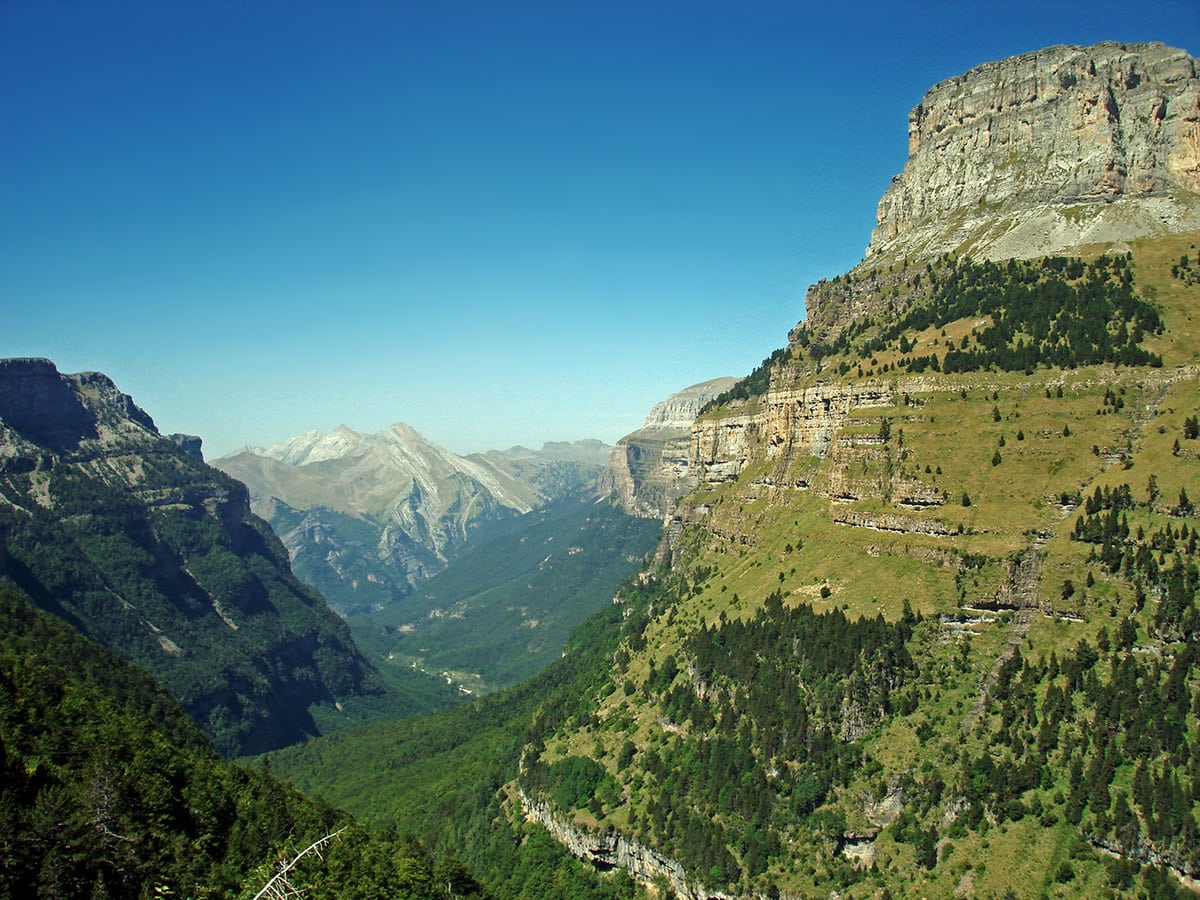
 Highlights
Highlights
The wealth of the cultural heritage in Spain is immense. Throughout the millennia this land has seen the development and demise of many cultures, each leaving unique artworks and structures. The most amazing wonders of Spain are:
- Medieval cities. Only Italy can compete (and possibly is winning) in the wealth and diversity of urban heritage.
- Churches. Spain has the largest Gothic church in the world (Seville Cathedral) and the tallest church (Sagrada Familia). Unique are churches that serve as a link between Roman and Western European architecture traditions, such as Santa María de Melque Church.
- Moorish castles and palaces. The Moorish palaces of Spain belong to the most beautiful palaces in the world, some of the best are Alhambra, Aljafería, and Generalife palaces.
- Cave art. Hundreds of caves in Northern Spain (also other regions of the country) are adorned with prehistoric paintings and engravings, often made with great artistic talent.
Spain is divided into 17 autonomous communities and 2 autonomous cities. One of autonomous communities – Canary Islands – is described in its own page.
Autonomous communities and cities of Spain
- Andalusia
- Aragon
- Asturias
- Balearic Islands
- Basque Country
- Cantabria
- Castile-La-Mancha
- Castile-Leon
- Catalonia
- Ceuta
- Extremadura
- Galicia
- La Rioja
- Madrid
- Melilla
- Murcia
- Navarre
- Valencia
Map with the described wonders
If you see this after your page is loaded completely, leafletJS files are missing.
 Top 25 wonders of Spain
Top 25 wonders of Spain
Archaeological wonders
Lugo City Walls
Galicia
The only intact system of Roman-built city walls in Europe, 10 – 15 meters high and 2.1 km long. Constructed in the second half of the 3rd century AD.
Altamira Cave
Cantabria
Cave with some of the best cave paintings in the world, mostly polychrome paintings of wild mammals, 18 – 14 thousand years old.
Aqueduct of Segovia
Castile-Leon
The best-preserved and largest Roman structure in Spain, most likely built in the 1st century AD. The aqueduct brought water from a 17 km distance. The tallest part of the aqueduct is in the center of Segovia – 28,5 m high.
Architecture wonders
Sagrada Familia
Catalonia
The largest and by far the most impressive Art Nouveau church in the world, designed by Antoni Gaudi; started in 1882 and is due to be completed in 2026.
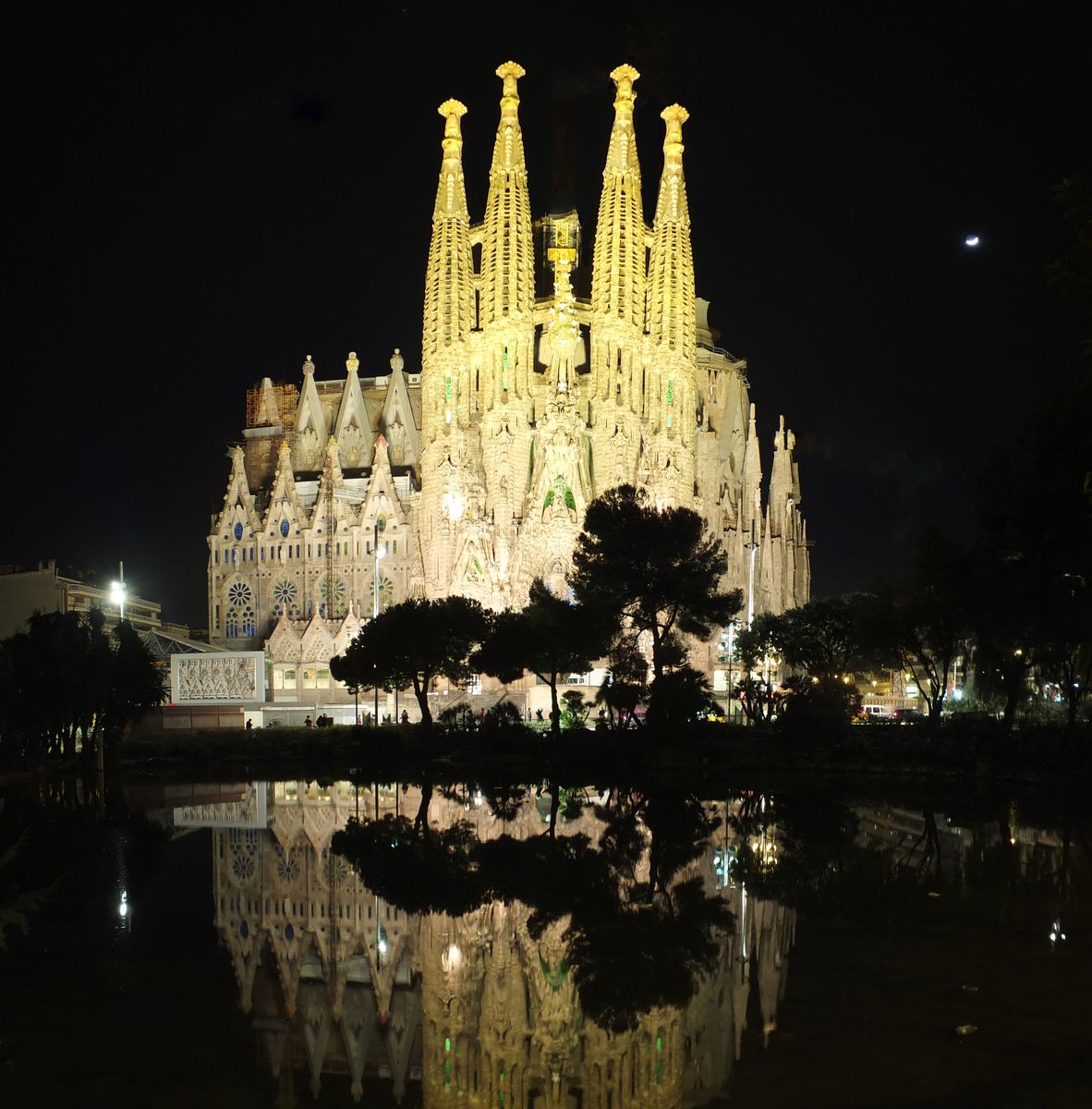
Córdoba
Andalusia
One of the major centers of ancient and medieval Europe, the intellectual center of Europe in the 10th – 12th centuries. The second-largest historic city in Europe, with a huge amount of very valuable buildings. Some of the most impressive ones are the Great Mosque of Córdoba, the Roman bridge, the Roman Temple, and many others. The old city is surrounded by Roman walls.
Alhambra
Andalusia
Huge palace and fortress with major cultural importance. The fortress was first constructed here in 889 AD, and the royal palace for the Sultan of Granada was built in 1333. A major achievement of Muslim architecture and art. Palace and its gardens were supposed to represent Paradise.
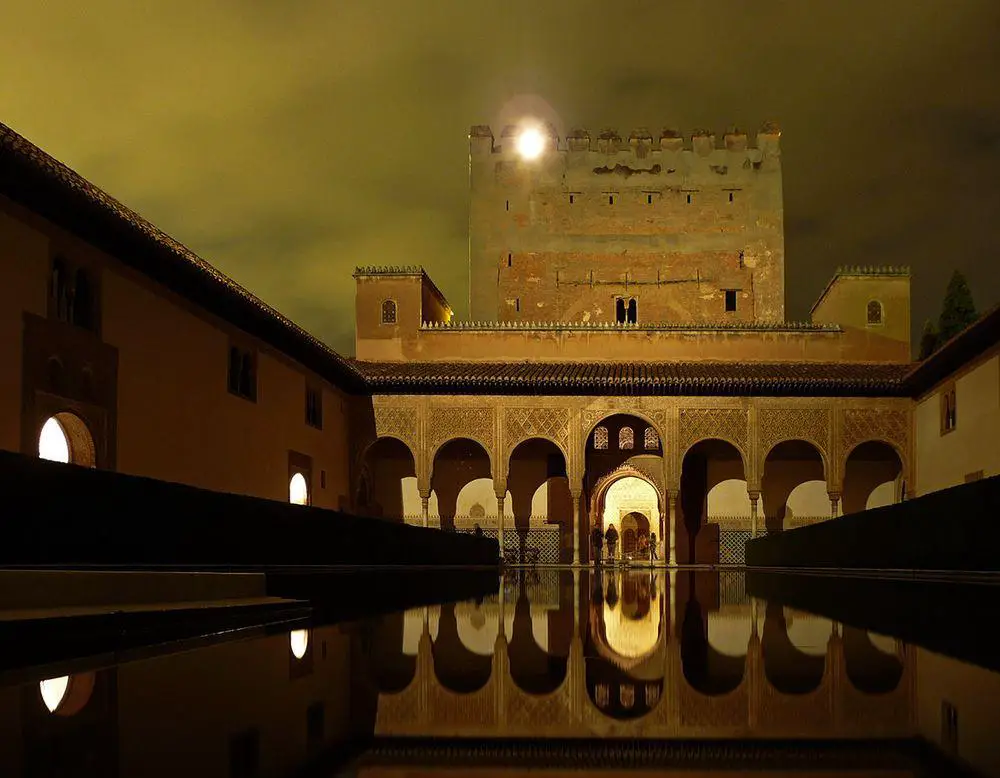
Santiago de Compostela
Galicia
One of the most beautiful medieval cities in the world, pilgrimage center of European scale. The city contains a masterpiece of Romanesque architecture – a cathedral, as well as the beautiful Plaza de España, Hospital Reál, and many other valuable buildings.
Salamanca
Castile-Leon
A historical city, the site of the old university (the third oldest in Western Europe), and numerous valuable monuments of architecture and art. Salamanca contains outstanding buildings from different periods of history – Romanesque, Moorish, Gothic, Renaissance, and Baroque.
Santiago de Compostela Cathedral
Galicia
A pilgrimage church of huge importance. This Romanesque cathedral is adorned with later Gothic and Baroque additions – beautiful facades and towers. The main part was built in 1075-1128, and the gorgeous western facade in 1738-1750.
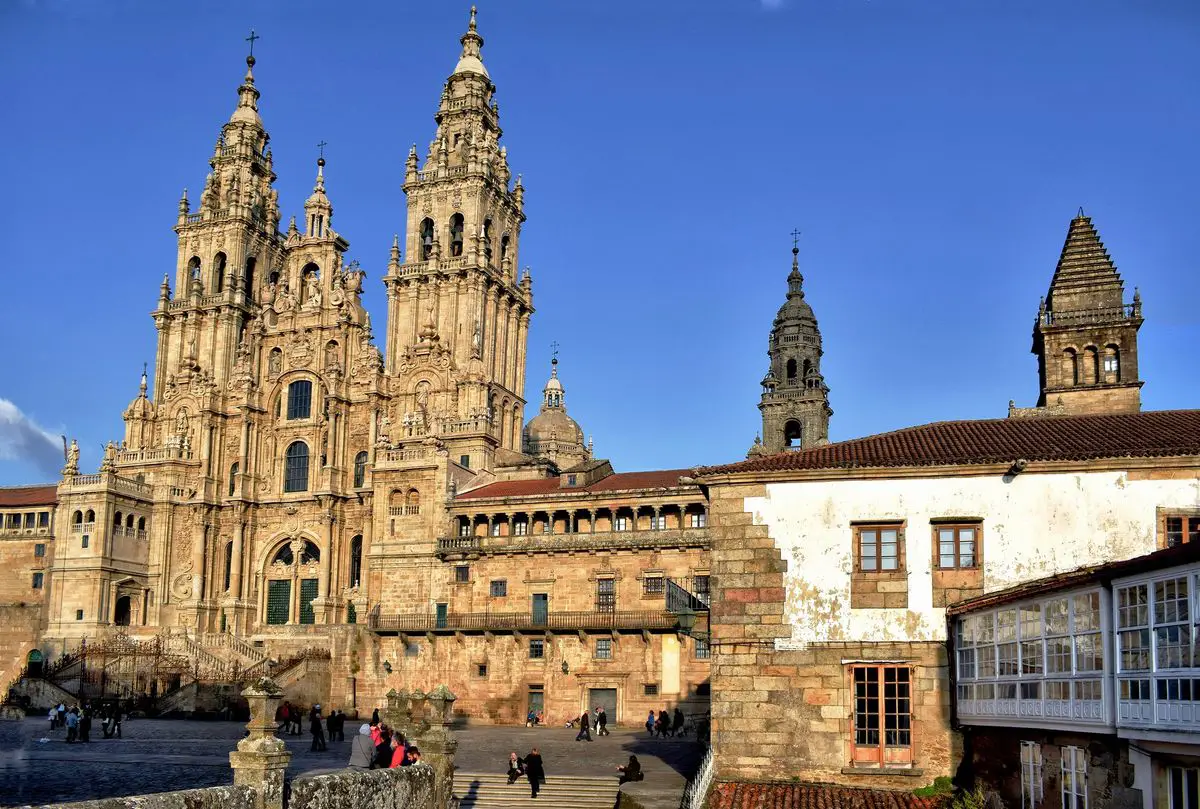
Ávila
Castile-Leon
Medieval city with some of the best-preserved city walls in the world. City walls have nine gates and 82 semicircular towers. Ávila was a fortified settlement already in the 5th century BC. The current medieval city flourished in the 11th – 18th century. The old city has numerous valuable buildings.
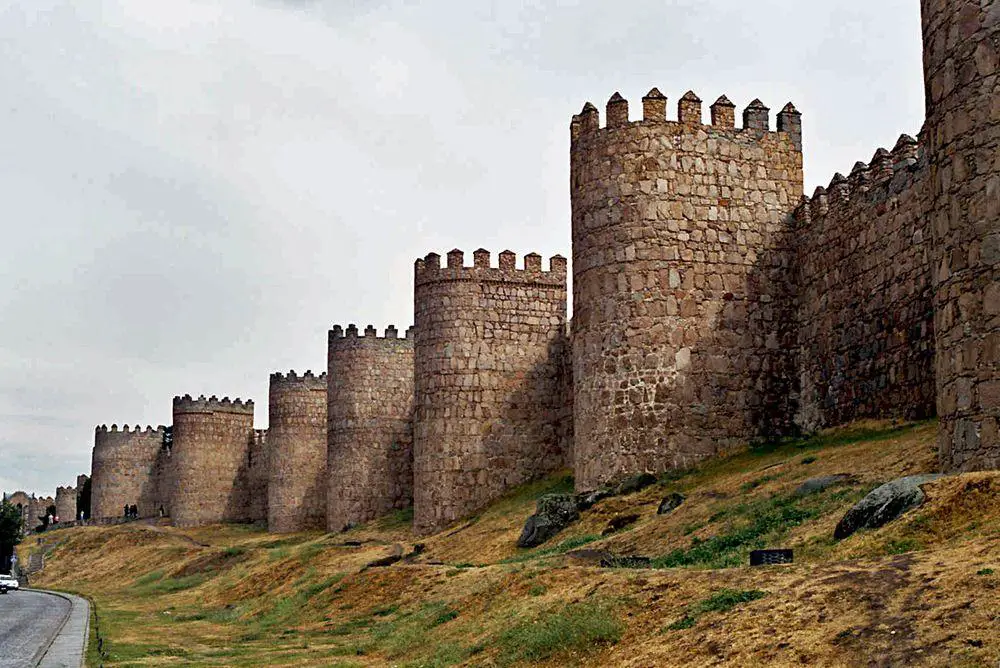
Cáceres
Extremadura
Authentic medieval city with some 30 fortified towers from the Islamic period and medieval walls. Founded by Romans in 25 BC, flourished under Arab rule in the 8th – 13th century and later in the 14th – 20th centuries.
Park Güell
Catalonia
A unique garden that is filled with Art Nouveau architecture designed by Antoni Gaudi, developed in 1900 – 1914.
Seville Cathedral
Andalusia
The third-largest cathedral in the world, the largest Gothic cathedral. Constructed in 1402 – 1506, the burial site of Christophor Columbus. The building includes Giralda – a 104.1 m tall bell tower. Originally it was a minaret.
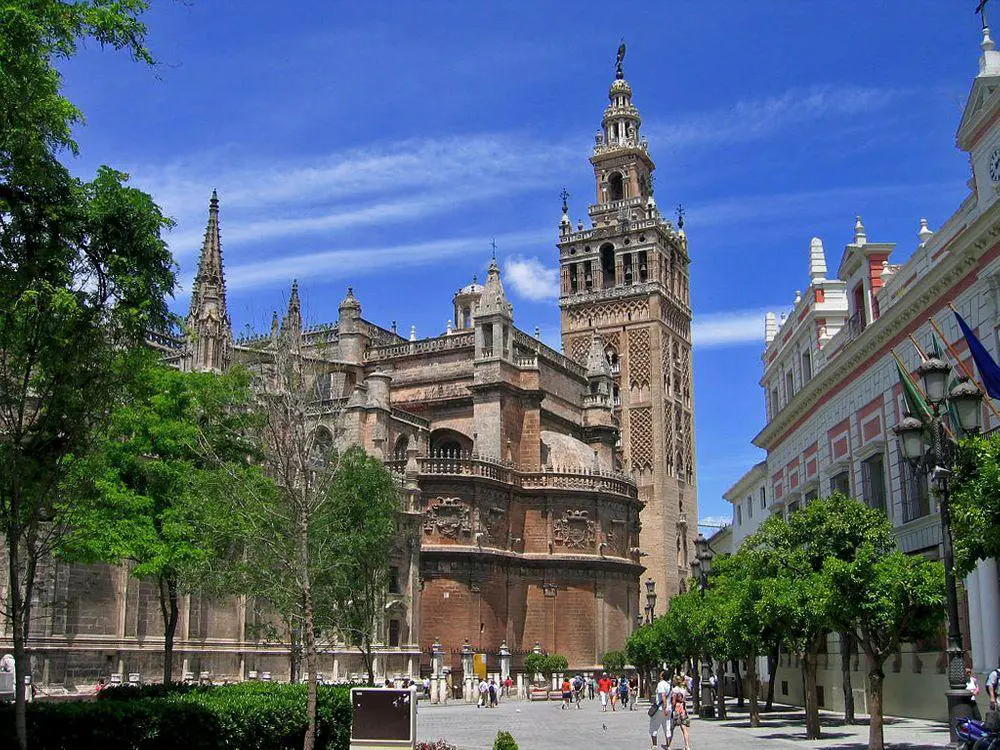
Casa Mila
Catalonia
Multi-apartment house, designed in bold Art Nouveau forms by Antoni Gaudi, constructed in 1906 – 1912. The building has many innovations – an underground parking lot, curtain walls, steel structures, and above all – an unusual design with undulating walls.
Toledo
Castile-La-Mancha
Very well preserved ancient and medieval city with a huge number of valuable buildings. The fortified city is located on a hill and surrounded by the Tagus River from three sides. Served as the administrative center in Roman times, the capital of the Visigoths. The city flourished also in the 16th century AD.
Great Mosque of Córdoba (Cathedral of Cordoba)
Andalusia
This mosque was converted into a church. It is renowned as the best example of Umayyad architecture. Begun sometimes around 600 AD as a Christian church, rebuilt into a mosque in 784 AD, and in 1236 recaptured by Christians and converted to a church. The inner hall contains 856 columns holding (for the most part) double arches – architectural innovation.
Alcazar of Seville
Andalusia
The oldest existing royal palace in Europe, built by Almohades as a Moorish fort. Most of the present structure was completed in 1364. The palace contains valuable interiors and artworks.
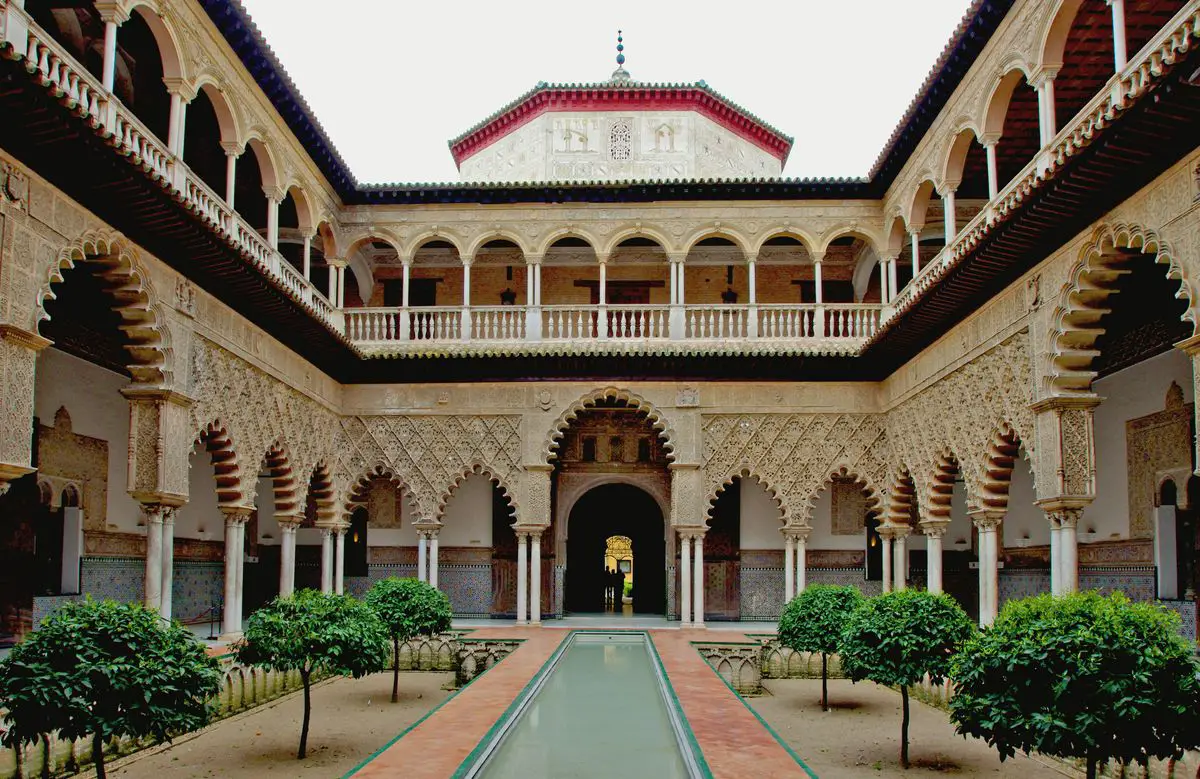
Segovia
Castile-Leon
A historical city with a huge wealth of valuable buildings, such as the Roman-built Aqueduct of Segovia, Alcazar of Segovia, Gothic Segovia Cathedral, and many other buildings.
Cuenca Old City
Castile-La-Mancha
An impressive historical city that has been built between two gorges, with many impressive and unusual sights. The city is surrounded by 1 km long walls.
Generalife
Andalusia
The summer palace of the Islamic rulers of Granada, built in the early 12th century. Contains an authentic, well-preserved Moorish garden, especially impressive is the Courtyard of the Cypress.
El Escorial
Madrid
The enormous Spanish royal palace, also one of the largest Christian monasteries. Completed in 1584. The Basilica of San Lorenzo el Real is an especially valuable monument of art and architecture, constructed in Late Gothic and also – a unique, austere style.
Alcazar of Segovia
Castile-Leon
Fortress and royal palace on the top of the cliff. The first fortress here was built by Romans or even before them. The current castle was built mainly in the early 13th century. Castle has served as a favorite residence to many kings of Castile. This castle has served as inspiration for Disneyland’s Cinderella palace.
Ibiza Old Town
Balearic Islands
Historical town, built on a cliff rising over the Mediterranean. The town has developed since the Phoenician times, but many structures were built in Renaissance times, including the fortifications. The urban planning approach from Ibiza Town has been replicated in Spanish colonies of America.
Palau de la Música Catalana
Catalonia
A gorgeous concert hall, built in Art Nouveau style in 1905 – 1908, designed by Lluís Domènech i Montaner.
Burgos Cathedral
Castile-La-Mancha
One of the best Gothic style examples in church architecture, built in 1221 – 1567.
 Recommended books
Recommended books
Spain: An Oxford Archaeological Guide (Oxford Archaeological Guides)
Spain’s opulent mixture of cultures and religions has left it rich with notable sites for the traveler to explore. Roger Collins presents a clear guide to over 100 major Roman, Celtiberian, Islamic, and Christian archaeological areas of interest dating from the Roman Empire to the eleventh century. From the Arab Walls of Madrid to the Roman hippodrome in Toledo, and from the palace complex of Seville to the Islamic fortress in Malaga, Spain is a thorough and convenient guide.
Rick Steves Spain 2019
Walk the Camino de Santiago, run with the bulls in Pamplona, or relax on Barcelona’s beaches: with Rick Steves on your side, Spain can be yours!

